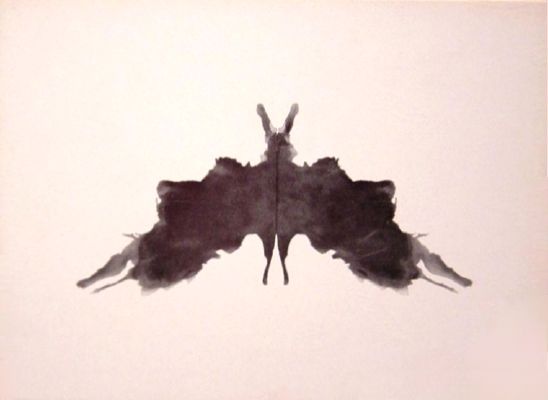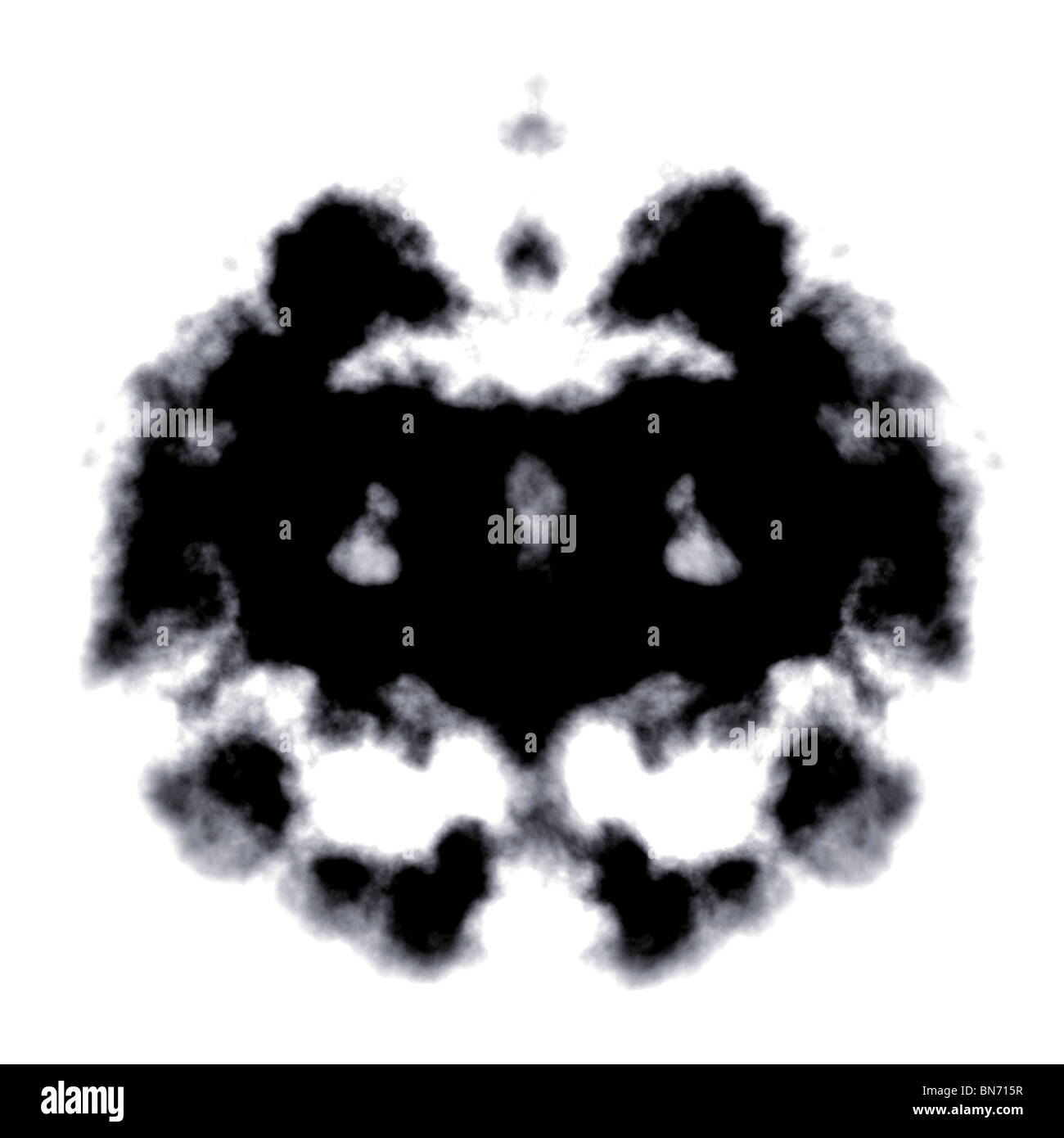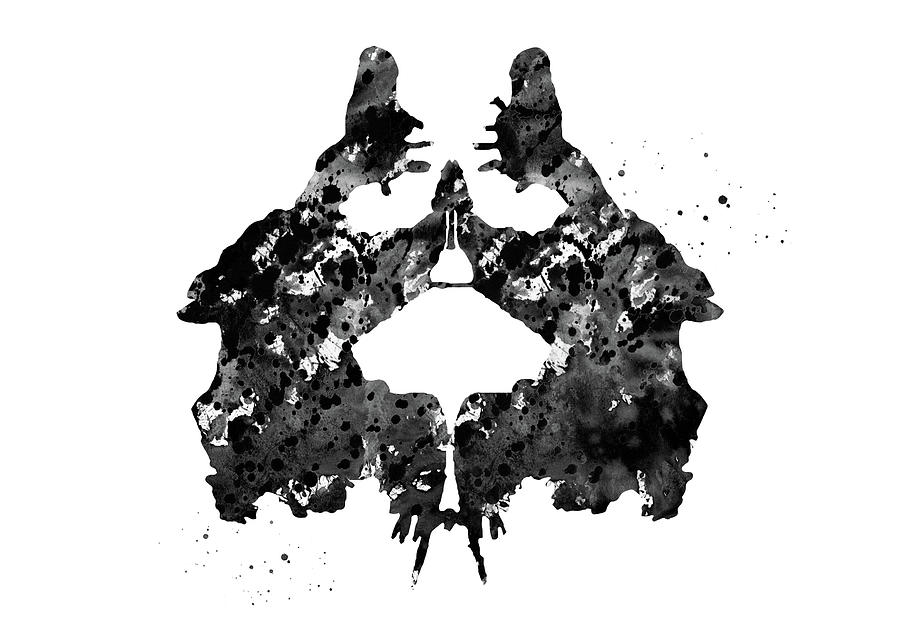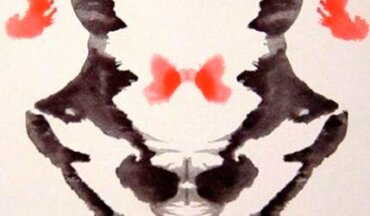
So, it’s an unprovable assumption that a simple inkblot test will lead the therapist to the center of the patient.The Rorschach Test is a projective psychological test developed in 1921 by Hermann Rorschach to measure thought disorder for the purpose of identifying mental illness. Someone calling it scientific would also have to be ready to defend interpreting dreams as a scientific method.

For example, a patient who sees half-human or half-animal figures show that he is on the brink of schizophrenic withdrawal from people, according to Dawes – 148.īecause it’s a projective test, it’s not scientific. The process would never end.Įxperts invented standardized interpretations of each sort of answers, to save the need of interpretation of an interpretation individually. A patient might interpret the ink blots in a way that defined him in a certain manner, but who’s to say that the therapist conducting the test is correct? Certainly another therapist can’t be used to assess the answers of the therapist. Inkblots used in the testing must be considered truly ambiguous in order to have a non biased testing. The Rorschach testing is quite problematic in a way. Rorschach is thought to be a useful test that provides insight into a person’s intelligence, interests, and cultural background, degree of introversion or extraversion, level of anxiety, reality testing, and a host of other variables. Likewise, a response that richly integrates several features of the blot is considered to be a sign of high intellectual functioning.

If a response reflects the shape of the blot, it is considered as a sign of adequate reality testing. Form level indicates whether the response is consistent with the shape of the blot and the complexity of the response. The content is what of the response, for instance, a bat, a human torso, butterfly, etc. These include features of the blot like shading, texture, or color that influence the response. There are various determinants that determine the characteristics of a person. Responses, thus recorded, are scored according to the form level, determinants, location, and content. The location is the section of the blot chosen – the whole card, or a major or minor detail.

Additionally, the subjects are allowed to hold the card in any position they want, whether it’s upside down or sideways. The subjects are allowed to answer with one, several responses, or no response to each card. The test is completely dependent on the guesswork done by the subjects. The subjects who are to be examined are provided with these cards one by one, and asked what they look like, or what they could be. Unlike Thematic Apperception test, this test consists of ten black and white cards with blots of ink on them. The analysis was ground breaking on the field and he found that they weren’t five different ways to measure the RT, instead, they were so completely different from each other that they were five different tests.ĭissatisfied by his findings, Exner created a new comprehensive scoring system for the Rorschach, by accommodating the best components of the five tests into one. But, in 1969, John E. Exner, Jr, compared all five systems and published the new testing mechanism. Most used were the Beck and the Klopfer systems. Originality and popularity of responses are also regarded as the basic dimensions in the analysis.īefore 1969, Rorschach Inkblot test was evaluated using five primary scoring systems based on how people responded to the inkblots on the cards.



 0 kommentar(er)
0 kommentar(er)
